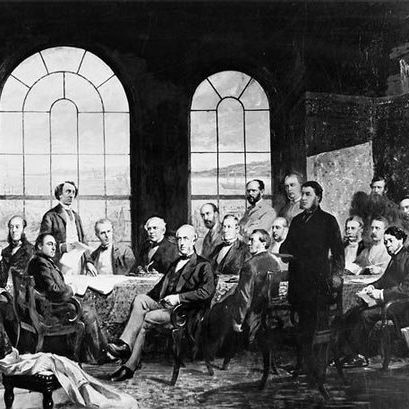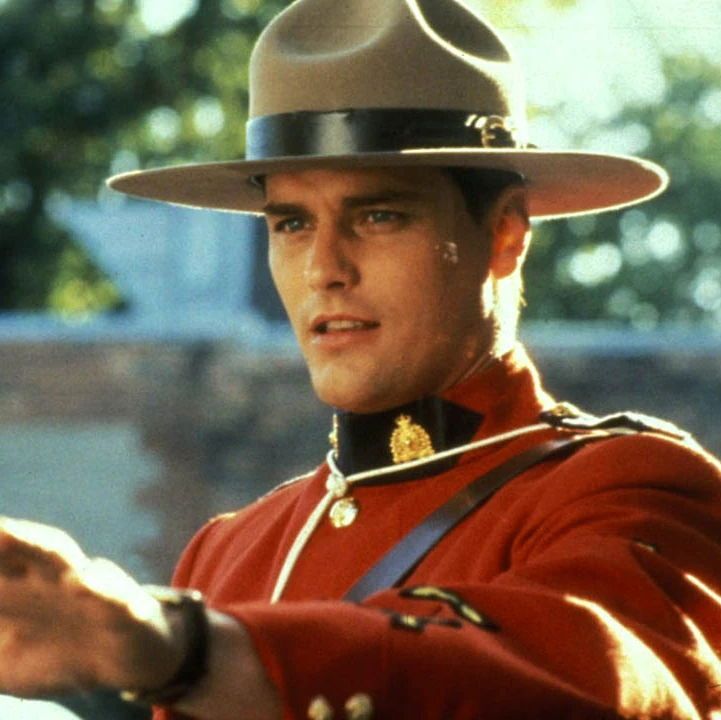It is #IndigenousHistoryMonth and this is the story of Alanis Obomsawin, one of Canada's top filmmakers!
Alanis Obomsawin was born on Aug. 31, 1932 in New Hampshire. When she was 6 months old, her family moved to the Odanak Reserve near Sorel, Quebec.
🧵1/5
Alanis Obomsawin was born on Aug. 31, 1932 in New Hampshire. When she was 6 months old, her family moved to the Odanak Reserve near Sorel, Quebec.
🧵1/5

The family moved to Trois-Rivieres when she was nine. As the only Indigenous family there, she held onto the stories and songs she learned from elders on the reserve near Sorel.
By the time she was in her 20s, she spoke Wôbanakiak, English & French.
🧵2/5
By the time she was in her 20s, she spoke Wôbanakiak, English & French.
🧵2/5

Starting as a folk singer-songwriter, she began to work with the National Film Board of Canada in the 1960s.
In 1971, she made her first NFB documentary, Christmas at Moose Factory.
Over the next 50 years, she would make over 50 celebrated films with the NFB.
🧵3/5
In 1971, she made her first NFB documentary, Christmas at Moose Factory.
Over the next 50 years, she would make over 50 celebrated films with the NFB.
🧵3/5

Her most celebrated film is Kanehsatake: 270 Years of Resistance, released in 1993, documenting the Oka Crisis of 1990.
Her work primarily focuses on the Indigenous experience in Canada. Her most recent film is Bill Reid Remembers, released in 2022.
🧵4/5
Her work primarily focuses on the Indigenous experience in Canada. Her most recent film is Bill Reid Remembers, released in 2022.
🧵4/5

Obomsawin has won numerous awards including the Governor General's Performing Arts Award, the Order of Canada, the Glenn Gould Prize and the Governor General's Award in Visual and Media Arts. She has also received numerous honorary degrees.
🧵5/5
🧵5/5

• • •
Missing some Tweet in this thread? You can try to
force a refresh





















